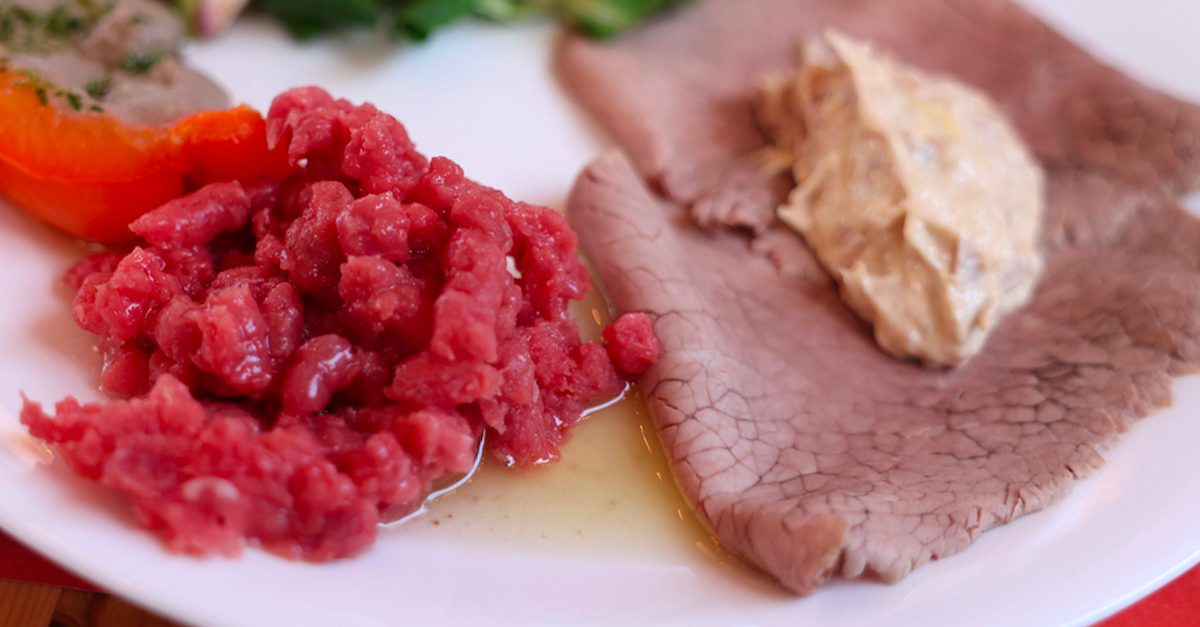Lox Vs. Smoked Salmon: What’s The Difference Between Them?
Lox is a Scandinavian specialty dish that is now enjoyed worldwide. It is known for an intense saltiness that sets it apart from its more common counterpart, the smoked salmon. Read ahead as we explore the unique differences between the specialty dishes.

You have most likely had a dish of smoked salmon, but have you ever heard about or tried lox? For those captivated by the allure of cured seafood, distinguishing between these two tantalizing treats can be somewhat difficult. Below, we dissect the origins, differences, as well as other unique culinary applications of salmon.
What are Lox and Smoked Salmon?
Lox specifically refers to a preparation of salmon. It is a fillet of salmon prepared by curing in a salt brine, without any smoking process involved. It is a traditional delicacy in Jewish cuisine and is popularly enjoyed on thinly sliced on bagels with cream cheese, onions, and capers. Lox is particularly loved for its rich, salty flavor and a silky texture, making it a popular choice for breakfast or brunch spreads.
On the other hand, smoked salmon is cured and then smoked, resulting in its signature flavor profile that is a balance of savory and smokiness. The salmon is typically brined or dry-cured with salt, sugar, and sometimes spices before being smoked using various methods, such as cold-smoking or hot-smoking. Cold-smoking involves smoking the salmon at a low temperature for an extended period, while hot-smoking cooks the salmon at a higher temperature, giving it a firmer texture. The smoking process imparts a distinctive smoky flavor to the salmon, making it a popular ingredient in various dishes or enjoyed on its own as a decadent appetizer.

Lox vs. Smoked Salmon: Their True Origins
Lox was first discovered when the Scandinavians sought ways to preserve salmon for longer. They invented a salt curing process that eventually led to the creation of lox, and ultimately facilitated longer storage periods of salmon without refrigeration. This gradually evolved as Jewish immigrants from Eastern Europe settled in the United States adopted and popularized lox as a staple of their cuisine. To date, Lox is considered synonymous with traditional Jewish delicatessen fare.
In stark contrast, the origins of smoked salmon is rooted in the Native American tradition. Indigenous tribes in North America, particularly those in the Pacific Northwest, were known to smoke salmon as a preservation method. The smoking process involved drying and curing the fish over a fire, imparting it with a distinctive smoky flavor. This traditional method of smoking salmon predates modern industrial techniques and has evolved over centuries into the widely enjoyed delicacy of today.
How to Tell Lox Apart From Smoked Salmon
Differentiating between lox and smoked salmon primarily relies on their preparation methods and flavor profiles as discussed above. The easiest way to tell them apart physically is by observing the salmon’s color and thickness.

Visually, lox tends to have a vibrant pink color and a slightly translucent appearance, while smoked salmon may have a deeper hue and a drier exterior due to the smoking process. Additionally, lox is often sliced thinly and served cold, while smoked salmon slices can vary in thickness and are commonly enjoyed as a standalone appetizer or incorporated into various dishes.
If you haven’t already, then you should be making a trip to your favorite seafood restaurant to delight in the exceptional delicacy. Get ready to savor the essence of these iconic delicacies and discover which one is best suited to your palate.
;Resize,width=767;)


;Resize,width=712;)
